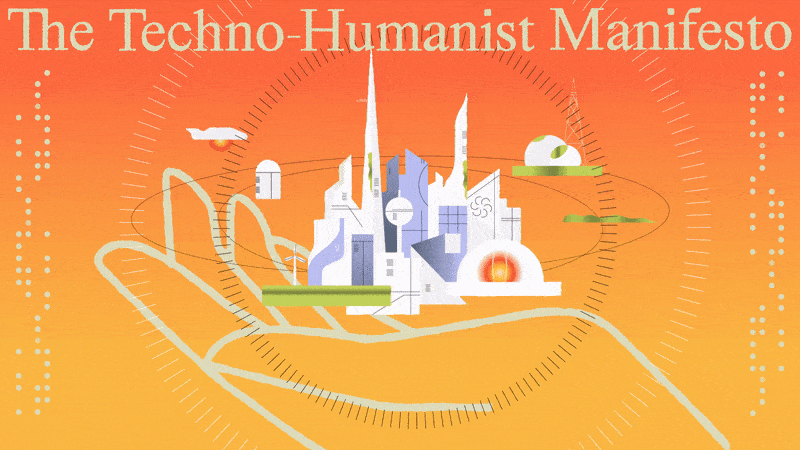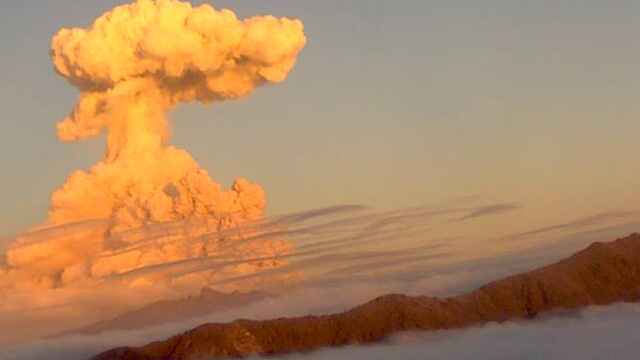Understanding Risk Perception to Avoid Its Risks.

Some recent stories in the news make clear the powerful role risk perception psychology plays in our lives, and the dangers of The Perception Gap; when we’re too afraid, or not afraid enough, and that gap causes risks in and of itself;
– The risk perception details; Most of us experience Optimism Bias; “It won’t happen to me.” We are also influence by something called the Availability Heuristic; the more readily something comes to mind the more concerned about it we are, and the less readily it comes to mind the less worry it creates.
The example; People in Minot, North Dakota who hadn’t seen a flood in a long time stopped buying federal flood insurance. Consider this from the NY Times, “I didn’t have any concerns,” Dawn Rasmussen, a local real estate agent, said Thursday as she surveyed the flooded city landscape with her husband, Gary, a firefighter, a day after they fled their home. “It was not going to happen to me. I was in complete denial.”
OOOPS!
– The risk perception details; We’re more frightened by catastrophic risks, single events with large immediate consequences, than chronic risks where the damage is spread out over time and location.
The example; From the Providence Journal; “The BP oil spill in the Gulf of Mexico last summer caused less damage than the annual wash of fertilizers that creates a Massachusetts-size dead zone at the outlet of the Mississippi, a scientist told an audience of science journalists at the University of Rhode Island Bay Campus on Monday.
OOOOPS!
– The risk perception details; We weigh choices about risks against the associated benefits, and the bigger the benefits, the less we worry about the risk.
The example; In May the International Agency for Research on Cancer said radiation from cell phones might cause brain cancer. The story got huge coverage, which puts the Availability Heuristic into play, but a few weeks later this story appeared on a western Massachusetts news website; “The World Health Organization has concluded that radiation from cell phones can increase your risk for brain cancer. It’s a serious threat, but not many people are concerned about it. In fact, a new poll from Zogby Interactive found that 73% of people say they won’t alter their cell phone usage. It’s not surprising, really, since many Americans are addicted to their phones.
“Yeah, I think I’ll use it just as much,” said Jessica Vogel of Boston. “I will still be using my cell phone very much even though I’ve heard there’s a new report that says it will cause cancer,” Mamae Bolton of New Orleans said, “Because nowadays they say everything will and they’re probably right.”
OOOOPS!
To meet the myriad challenges to our survival, we have evolved a pretty effective system to figure out what’s dangerous and what isn’t. The problem is, as effective as the system of risk perception can be, it is also affective – a subjective combination of the facts and how those facts feel. It’s not just about the scientific facts. Therein lies a risk we also need to recognize. Sometimes risk perception can get us into trouble, all by itself.
Just ask Dawn and Gary Rasmussen, or the people fighting against a lack of concern to try and reduce the incredible environmental damage of the Dead Zone in the Gulf of Mexico (there are actually more than 500 of these huge dead zones around the world, that occur annually!), or Jessica Vogel or Mamae Bolton. Or ask the parents of infants who have died from whooping cough what they think of the risk perception of their neighbors who are afraid of vaccines – despite overwhelming evidence – and haven’t vaccinated their kids, allowing nearly eradicated diseases like whooping cough and measles to start spreading again. (California is suffering it’s worst outbreak in more than 50 years.)
Consider what our emotional risk perception system has done at the policy level, where we spend gahzillions more protecting ourselves from terrorism than from heart disease, or where we favor coal burning – the particulate pollutants from which kill thousands of people every year – over cleaner energy sources like nuclear power. Or where we still don’t sanitize our food with irradiation, which does absolutely nothing to the food but could kill germs that cause hundreds of thousands of illnesses and thousands of deaths a year from food poisoning. Terrorism is scarier than heart disease, and nuclear radiation is scarier than coal, whether we use it to make energy or sanitize our food. But those fears are all contributing to policies that leave us at greater risk.
OOOOPS!!!
We need to recognize that the powerful subconscious system of risk perception that helps us gauge and respond to danger, as well as it works sometimes, can sometimes make mistakes that make things worse. We need to respect that these feeling run so deep in the human animal that, in some cases, no amount of communication or education or information will get people to worry less (about fluoride), or worry more (about using a cell phone when we drive). We need to recognize the Perception Gap risks of risk perception, and study and actively manage those risks just as we do the dangers of flooding or oil spills or carcinogens. We can apply what we know about the psychology of risk perception to our choices as individuals, and as a society, so those choices don’t leave us saying “OOOOOPS!”





